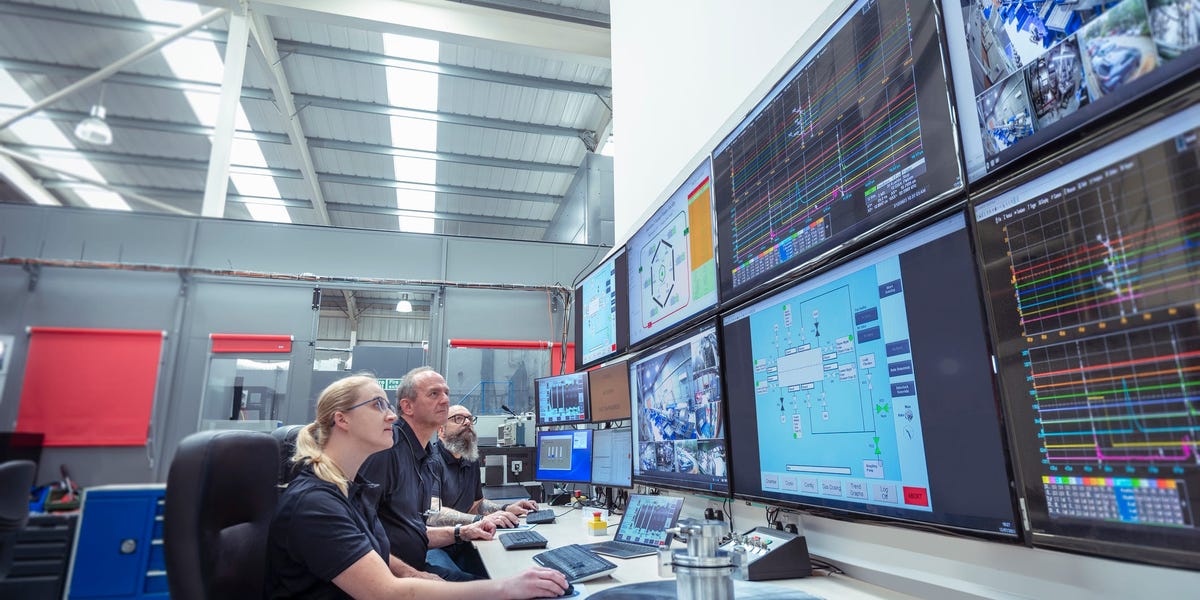By Marion Hill, senior vice president, energy infrastructure, renewables and power grids, North America, DNV
After decades of flat growth, the AI boom is causing a surge in electricity demand in North America. DNV’s Energy Transition Outlook North America 2025 forecasts that electricity demand will increase 50% by 2040.
Availability and reliability are driving decisions about energy for critical sectors powering North America’s economy. Industry leaders have made it clear that they are willing to go beyond “green” and accept electrons from renewable and fossil sources. While cheap is always better, the cost of energy is taking a backseat in these power-hungry industries.
The story shifts for homeowners and small businesses. The cost of energy is squeezing bank accounts and putting pressure on the margins of small businesses. This is a critical challenge because energy is about people, and the energy industry has a responsibility to provide reliable and affordable power to all Americans and Canadians. To meet growing demand, North America requires an all-of-the-above approach to energy infrastructure.
Availability is the driving force — but cost is still a factor
Gas-fired power generation is having a moment. Looking beyond the buzz, however, only one combined-cycle gas turbine came online in North America last year. Another 1.6 GW of gas-fired power generation is planned for 2025 — but that won’t meet the region’s growing demand. Additionally, the ongoing reliance on gas means carbon management goes from being a “nice to have” to a “must have.”
Tightness in the market is also creating a competitive landscape for businesses seeking to optimize their portfolios by buying or selling gas turbines. Companies want to move fast to secure the best assets, a journey that must start with robust technical due diligence to identify and manage risks associated with gas infrastructure.
While gas is having its moment, renewables continue to capture market share because they are less expensive. Solar represents the largest incremental source of capacity, thanks to cost, established project pipelines, and shorter project timelines. Economics improve significantly when solar power is combined with storage. These fundamentals are why DNV forecasts renewables capturing 55% of North America’s electricity generation by 2040.
Bring your own generation
Unfortunately, the process to get new electrons onto North America’s grid is slow because of ongoing supply chain constraints, permitting, interminable interconnection queues, and policy changes.
That is why large energy users are starting to BYOG — bring your own generation — as a way to guarantee reliable, available electricity and avoid long interconnection wait times.
DNV’s Energy Transition Outlook for North America forecasts behind-the-meter (BTM) generation could grow from 1% in North America to nearly 10% by 2030. Much of this will be solar or solar and storage. But data centers are taking an all-of-the-above approach, including projects that combine natural gas generation with solar and storage.
New drivers, same needs
Energy costs will rise over the next few years. The question is whether the US and Canada can find solutions to meet growing demand affordably and reliably.
North America’s grid was designed with slow, steady demand growth in mind — the opposite of current conditions. Beyond adding new capacity, deploying advanced digital technology, scaling energy-efficient technologies like EVs and heat pumps, and deploying demand response programs can help keep costs down and optimize the grid by eliminating energy waste.
At this moment in time, North America’s energy system is in a precarious position. But there is a case for optimism because energy producers and consumers have a once-in-a-generation chance to remake the energy system into one that is fit for the future.
Get the insights you need to build an energy strategy that’s fit for the future.
This post was created by DNV with Insider Studios.
